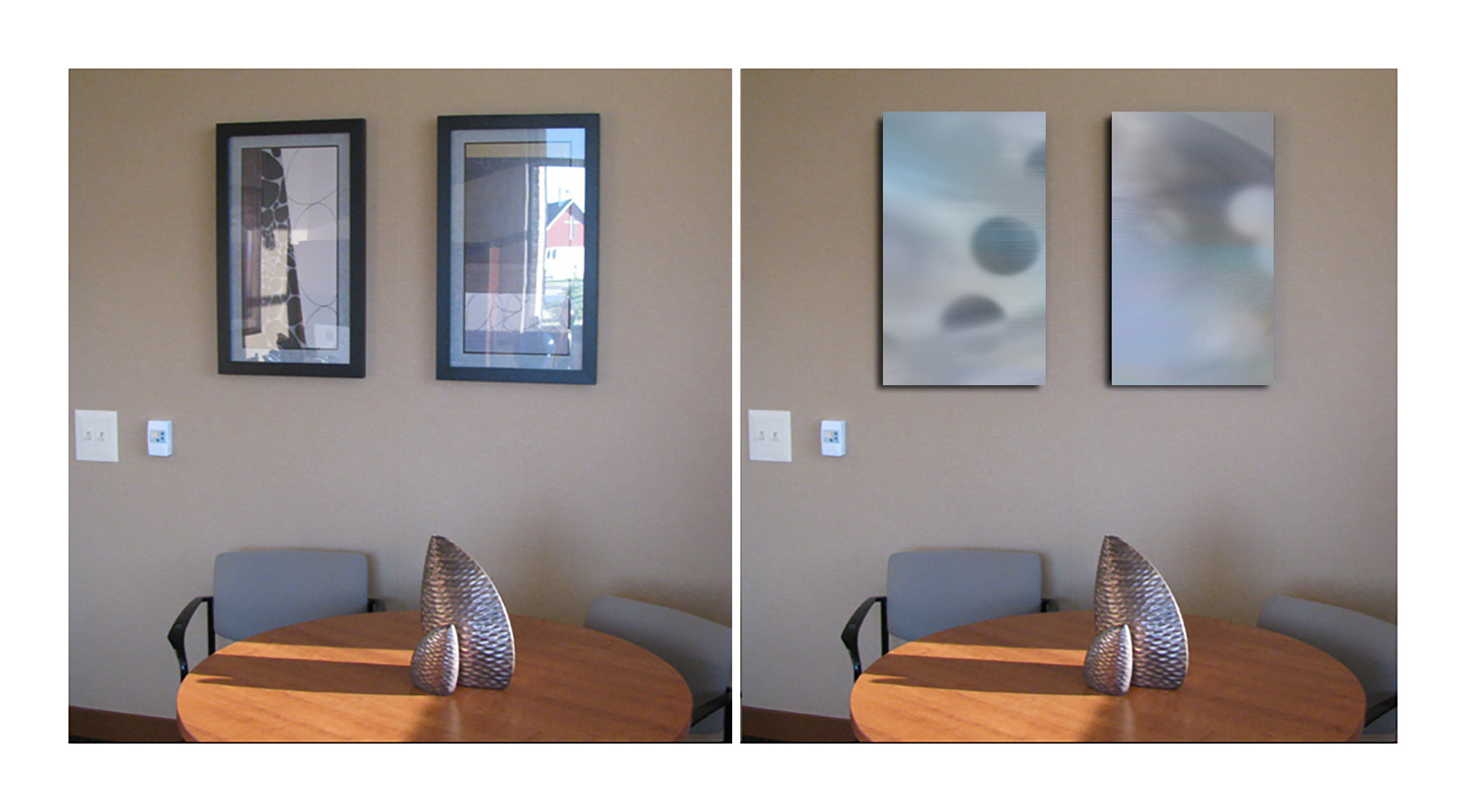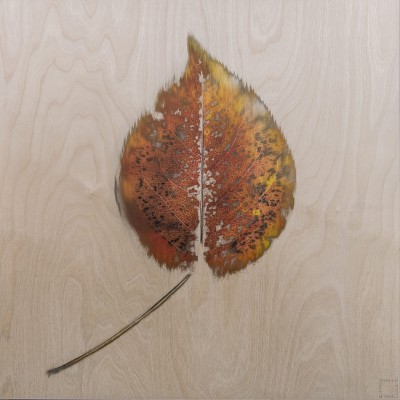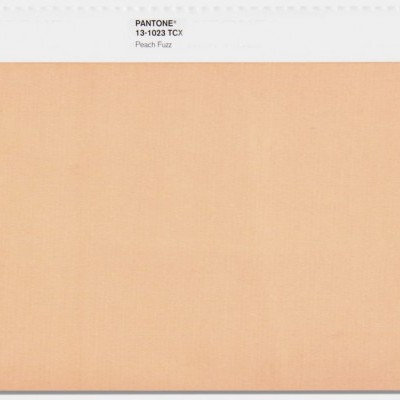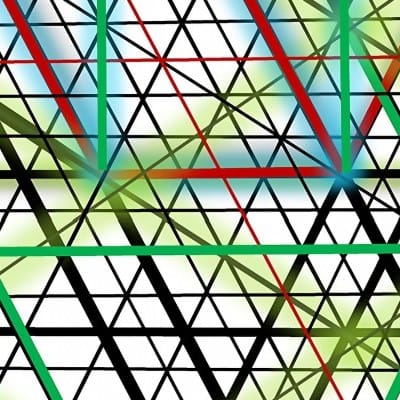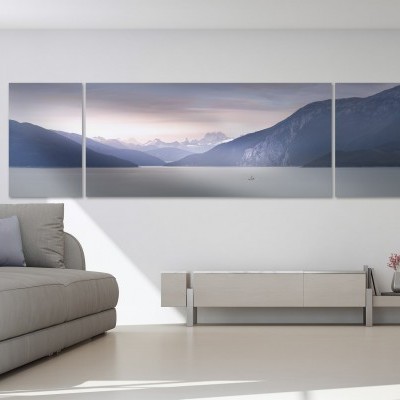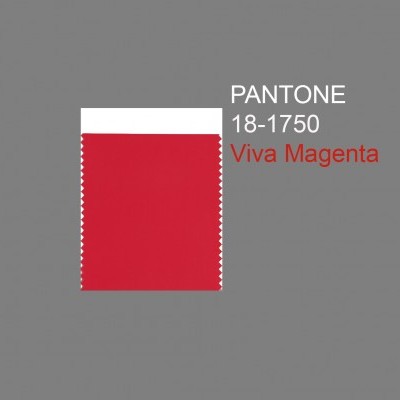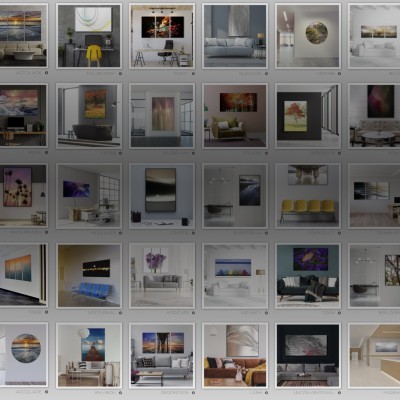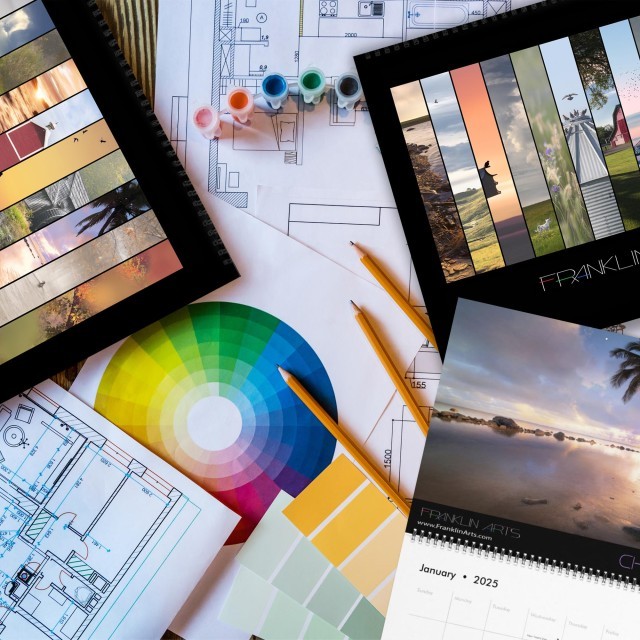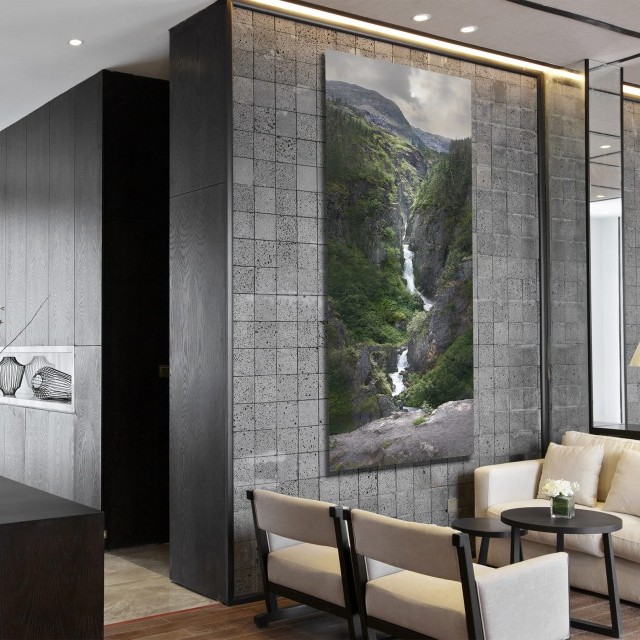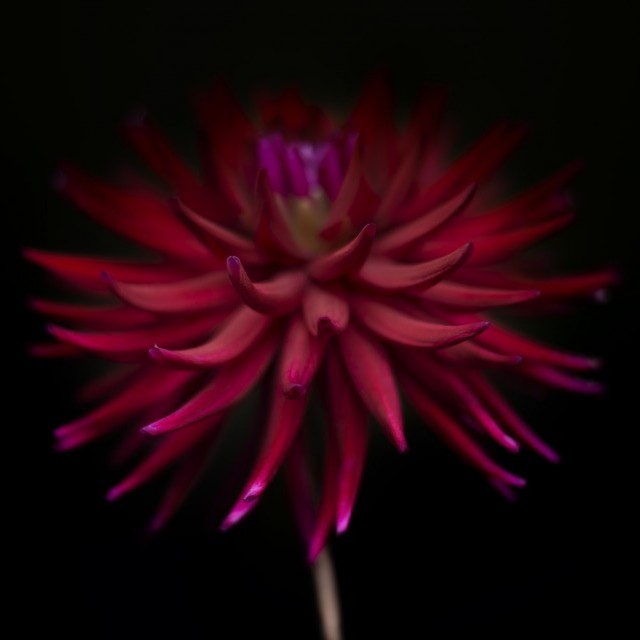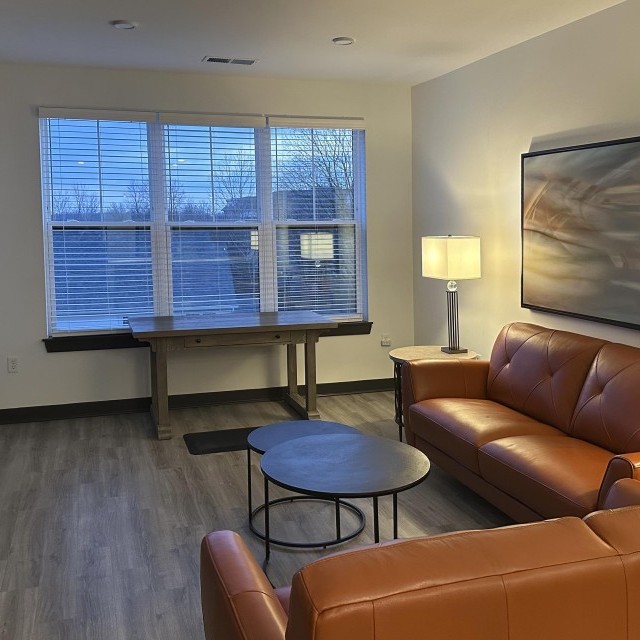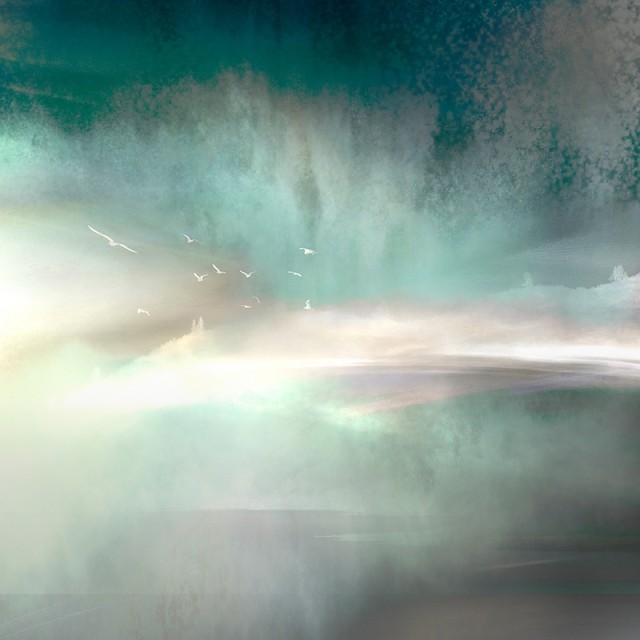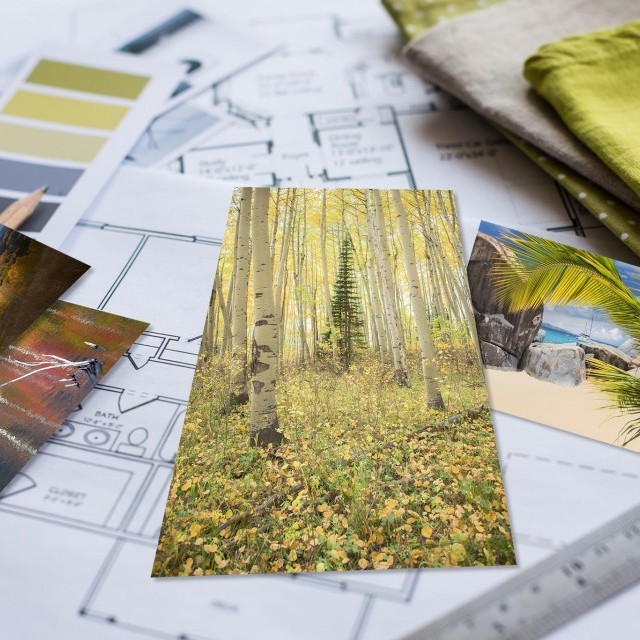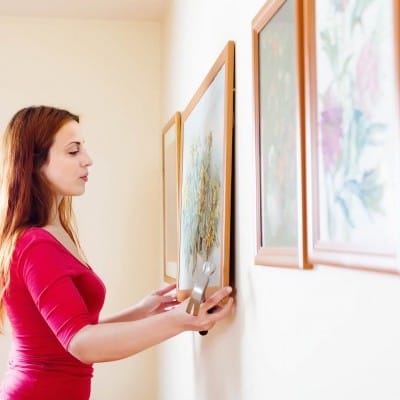
I study art on every wall I encounter. I obsess about how it looks on the wall.
One of the most common mistakes I find in an art installation is terrible reflective glare.
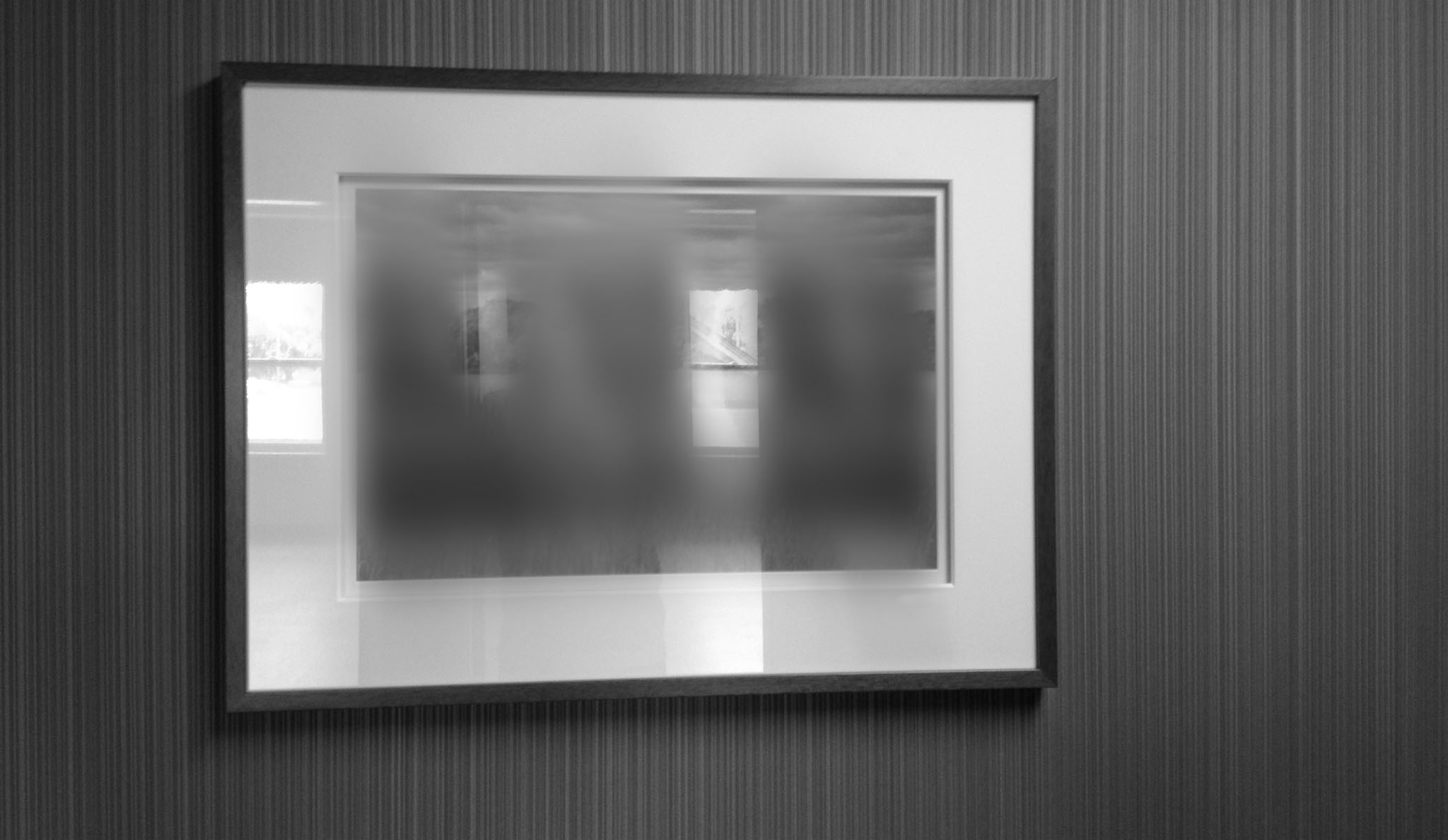
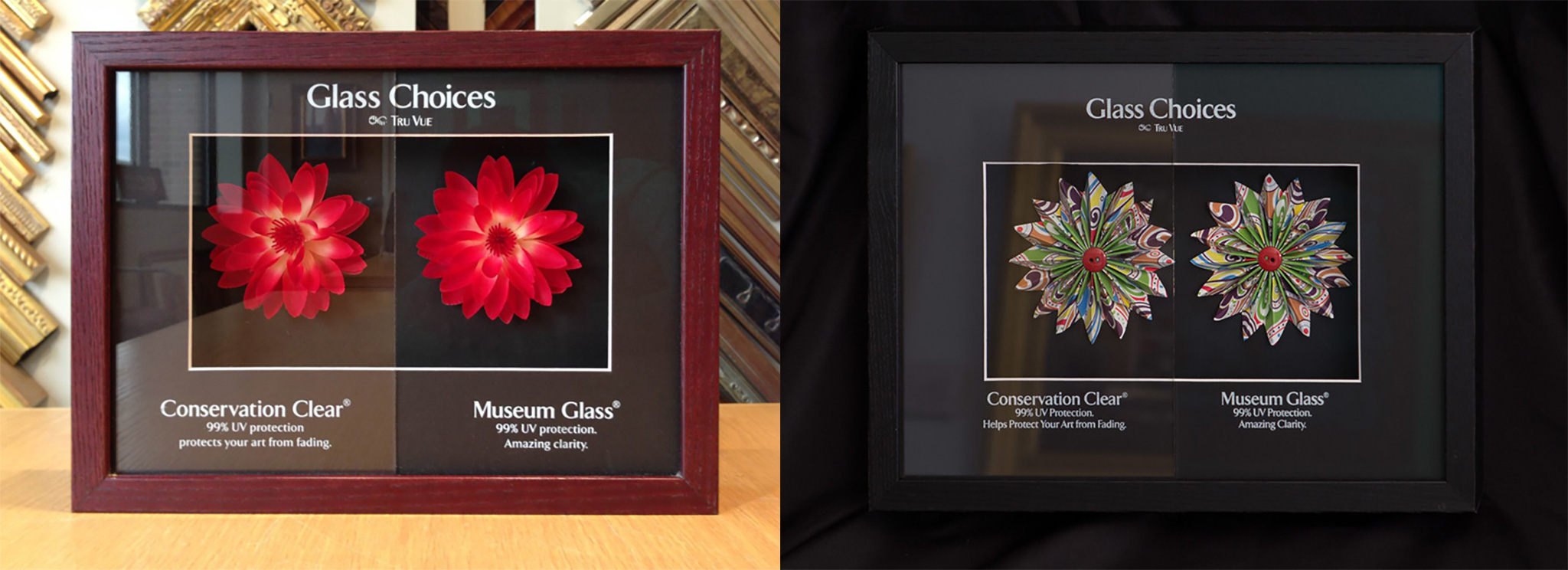
Don't get me wrong, glossy finishes of metal and acrylic can look absolutely stunning, but only if installed in the proper conditions.
The problem is that most times, the reflective properties of the art is an afterthought....or not thought of at all.
Here's the best thing you can do to avoid harsh glare:
Wherever you are thinking about hanging your art, simply take a piece of flat glass and hold it up to your wall. Odds are you may not have that lying around, so simply try a glass frame. Hold it up on your wall morning, noon, and night.
How does it look? Are you getting some pretty crazy reflections? It can be eye-opening.
Light bounces around the room in ways you'd never expect.
Okay, so maybe you don't have the chance to hold up the glass or frame on your wall
Here are some basic guidelines about hanging high-gloss or highly-reflective surface artworks:
1. Never hang an artwork directly across from a window. You are asking for big, big trouble.
2. Be very careful about hanging art adjacent to a nearby window. If the wall you are hanging it on is 90-degrees form the window, there's a good chance the art will be affected at least part of the day, if not the whole day. This depends on how close the artwork is to the window.
3. The way your windows face (and where you live on this planet), can dramatically change its effect on the artwork. For example, those living in the upper northern U.S. will have a much easier time contending with North-facing windows than South-facing windows. The more direct sunlight that occurs, the worse the glare problems become.
Consider alternative artwork surfaces, surfaces, and mediums:
1. Canvas is immune to harsh reflections and glare. When in doubt, canvas can defeat almost any lighting challenge.
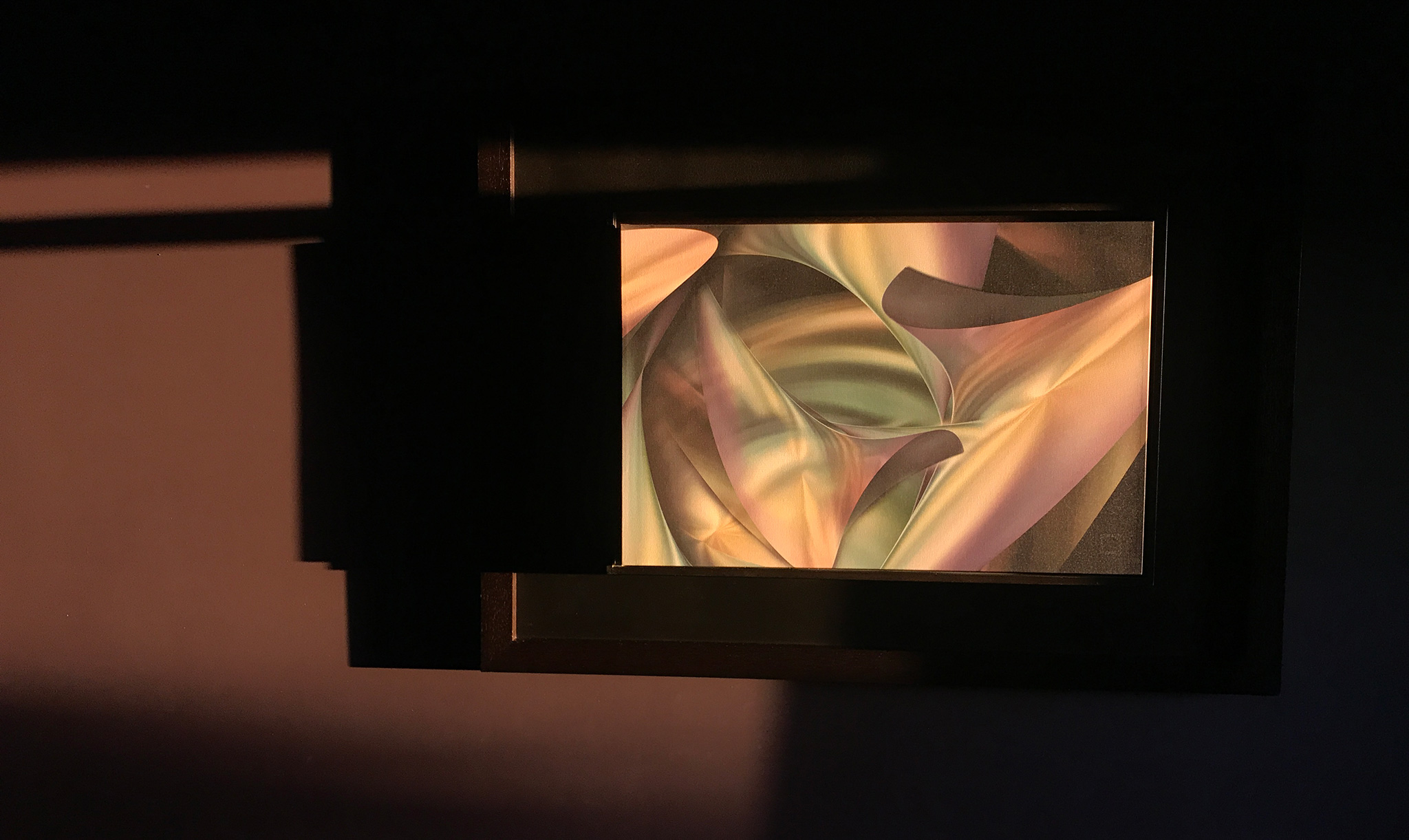
2. Wood absorbs light, just as canvas does, and can provide a really interesting and uniqueness in a space.
3. If you absolutely love metal (aluminum), then make sure to select a special mid-gloss or satin finish to stop that nasty glare.
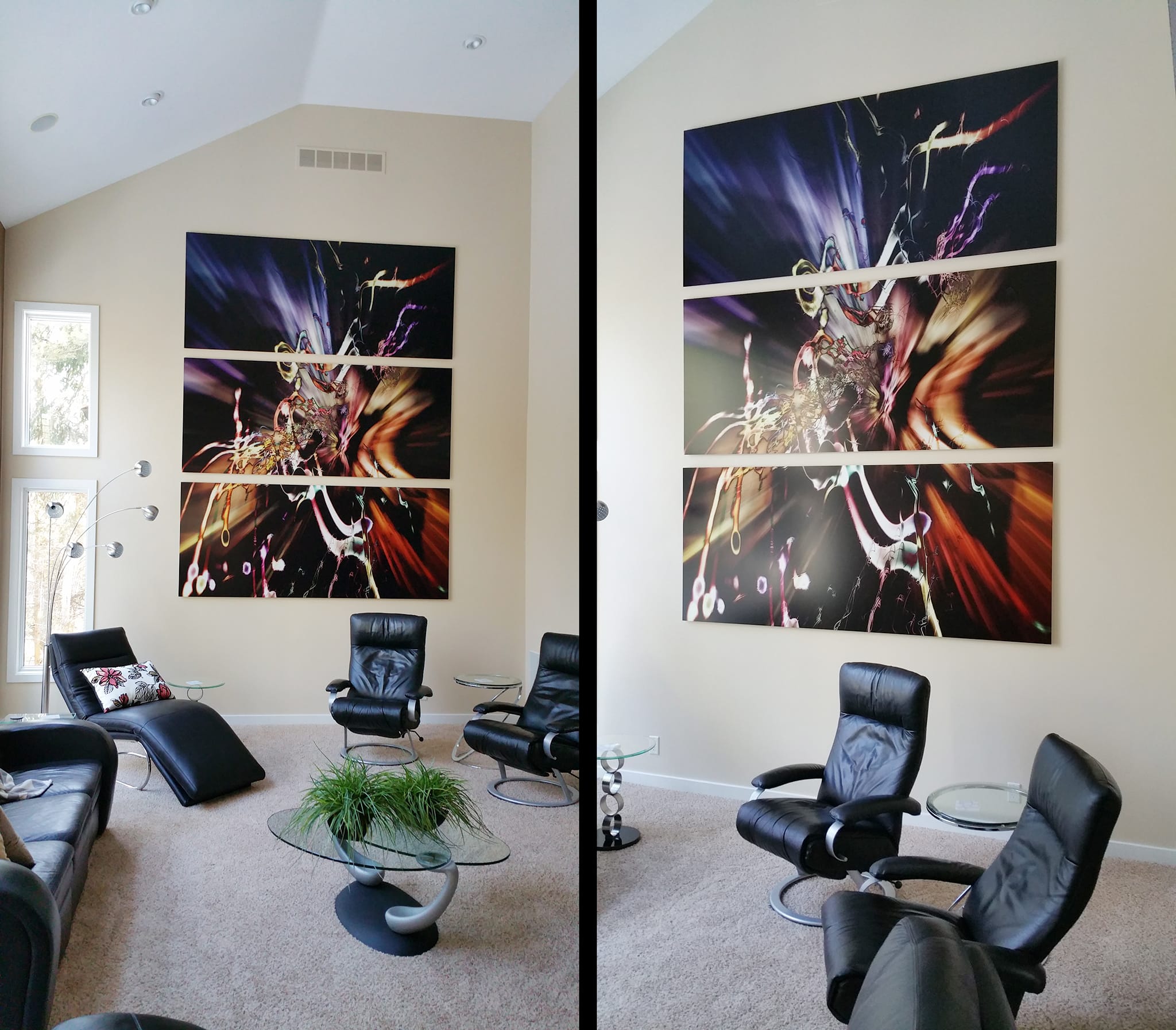
To go another route, combat the window itself and install a shade. Even transparent and translucent shades can stop enough direct light from crushing an artwork's image.
